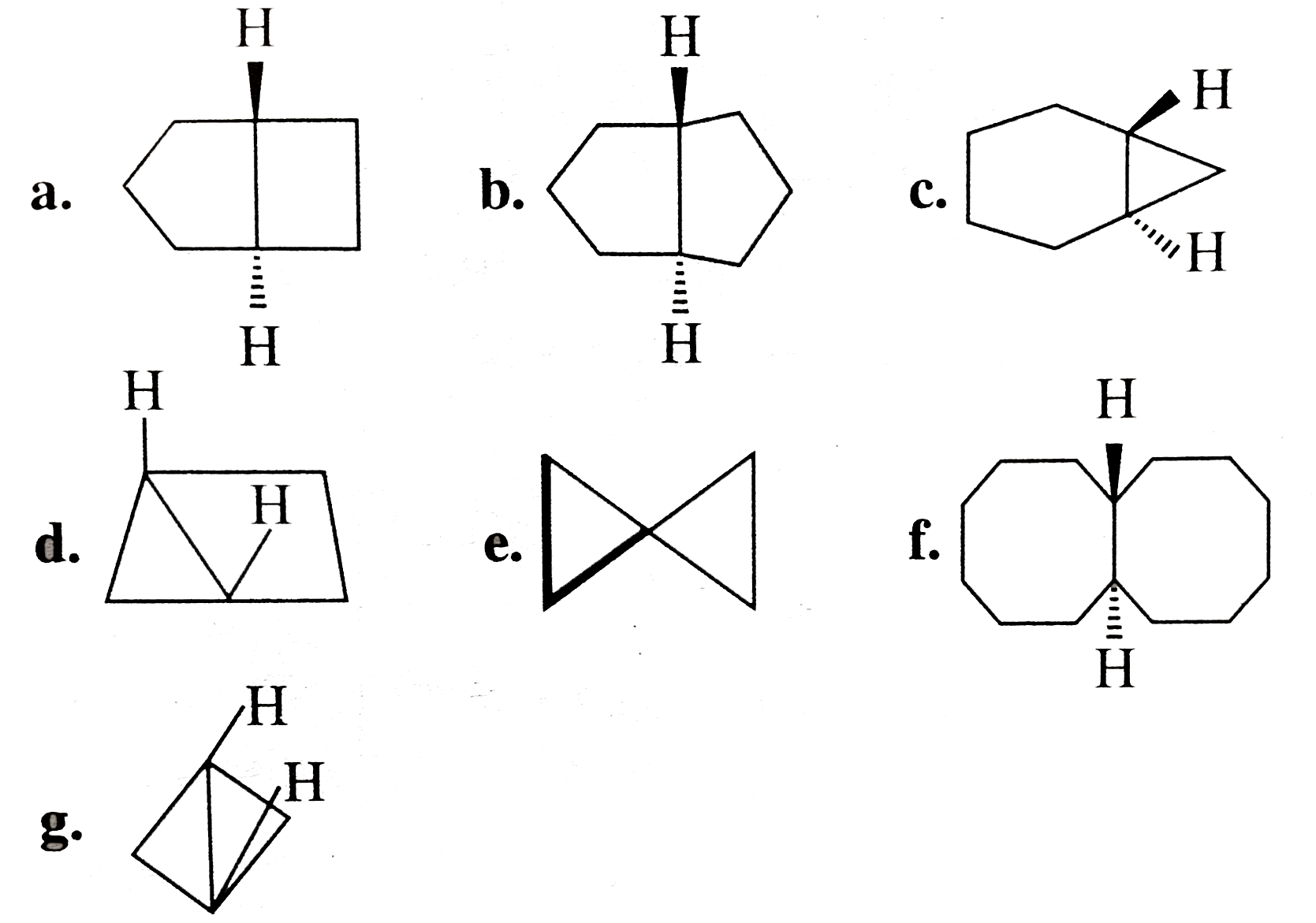Which of the following compounds are gem-dihalides?
Ethylidene chloride
Ethylene dichloride
Methylene chloride
Benzyl chloride
The correct Answer is:A, C
To determine which of the given compounds are gem-dihalides, we need to understand the definition of geminal dihalides. Geminal dihalides are compounds where two halogen atoms are attached to the same carbon atom.
Let's analyze each of the given compounds step by step:
1. Ethylidene chloride (C2H4Cl2):
- Structure: CH3-CH(Cl)-CH2Cl
- In this compound, the two chlorine atoms are attached to adjacent carbon atoms (one on each carbon), making it a vicinal dihalide, not a geminal dihalide.
2. Ethylene dichloride (C2H4Cl2):
- Structure: CH2(Cl)-CH2(Cl)
- Here, both chlorine atoms are attached to the same carbon atom (the two carbon atoms are bonded to two chlorine atoms), making this a geminal dihalide.
3. Methylene chloride (CH2Cl2):
- Structure: CH2(Cl)-CH2
- In this case, there are two chlorine atoms attached to the same carbon atom, but since it only has one carbon atom, it does not qualify as a geminal dihalide as it does not have two halogens on the same carbon.
4. Benzyl chloride (C7H7Cl):
- Structure: C6H5-CH2Cl
- In this compound, the chlorine is attached to a carbon that is adjacent to a benzene ring, and there is only one chlorine atom on the carbon, so it is not a geminal dihalide.
Based on the analysis above, the only compound that qualifies as a geminal dihalide from the options provided is:
Ethylene dichloride (C2H4Cl2).
Summary:
- Geminal Dihalide: Ethylene dichloride (C2H4Cl2)
- Not Geminal Dihalides: Ethylidene chloride, Methylene chloride, Benzyl chloride.
- Structure: CH3-CH(Cl)-CH2Cl
- In this compound, the two chlorine atoms are attached to adjacent carbon atoms (one on each carbon), making it a vicinal dihalide, not a geminal dihalide.
- Structure: CH2(Cl)-CH2(Cl)
- Here, both chlorine atoms are attached to the same carbon atom (the two carbon atoms are bonded to two chlorine atoms), making this a geminal dihalide.
- Structure: CH2(Cl)-CH2
- In this case, there are two chlorine atoms attached to the same carbon atom, but since it only has one carbon atom, it does not qualify as a geminal dihalide as it does not have two halogens on the same carbon.
- Structure: C6H5-CH2Cl
- In this compound, the chlorine is attached to a carbon that is adjacent to a benzene ring, and there is only one chlorine atom on the carbon, so it is not a geminal dihalide.
- Geminal Dihalide: Ethylene dichloride (C2H4Cl2)
- Not Geminal Dihalides: Ethylidene chloride, Methylene chloride, Benzyl chloride.
Topper's Solved these Questions
- BOOK - NCERT EXEMPLAR ENGLISHCHAPTER - HALOALKANES AND HALOARENESEXERCISE - Short Answer Type Questions35videos
HALOALKANES AND HALOARENES
- BOOK - NCERT EXEMPLAR ENGLISHCHAPTER - HALOALKANES AND HALOARENESEXERCISE - Match Type Questions6videos
HALOALKANES AND HALOARENES
- BOOK - NCERT EXEMPLAR ENGLISHCHAPTER - HALOALKANES AND HALOARENESEXERCISE - Long Answer Type Questions3videos
HALOALKANES AND HALOARENES
- BOOK - NCERT EXEMPLAR ENGLISHCHAPTER - GENERAL PRINCIPLE AND PROCESSES OF ISOLATION OF ELEMENTS EXERCISE - Long Answer Type Questions1videos
GENERAL PRINCIPLE AND PROCESSES OF ISOLATION OF ELEMENTS
- BOOK - NCERT EXEMPLAR ENGLISHCHAPTER - P-BLOCK ELEMENTSEXERCISE - Long Answer Type Questions3videos
P-BLOCK ELEMENTS
Similar Questions
Knowledge Check
- Question 1 - Select One or More
Which of the following compounds are aromatic ?
A B
B C
C D
D
- Question 2 - Select One
Which of the following compounds is soap?
ACH3CH2CH2COONaBCH3(CH2)14ONaCCH3(CH2)14COONaD[CH3(CH2)14COO]2Ca - Question 3 - Select One
Which of the following compounds is an imine?
APh−O∣∣C−NH2BCH3−CH2−N=CH2C D
D




